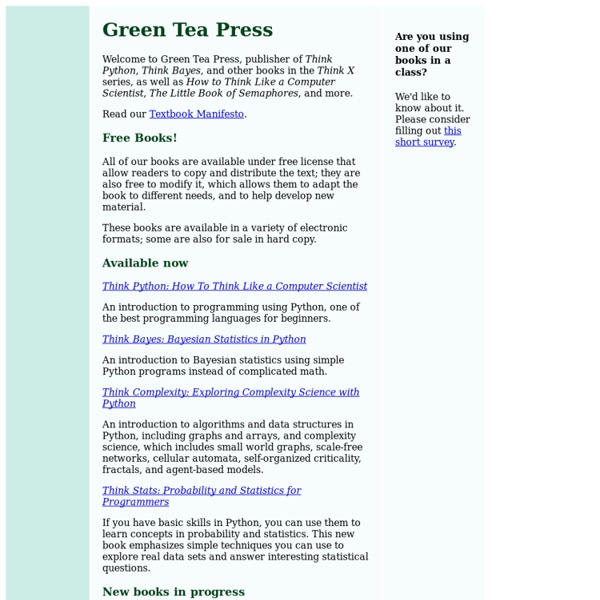



abxda : #BigData Tiene que ver con... 25 Innovative Dashboard Concepts and Designs Dashboard design is a tricky business. The challenge is to communicate the key numbers in a straightforward way, while allowing users to drill down into the specifics. It is about avoiding clutter, about catering for personalisation, and about the prioritisation of the right metrics. We’ve brought together a showcase of innovative, stunningly beautiful dashboard concepts & designs to help inspire you. Panels Dashboard by Cosmin Capitanu Story Book by Cosmin Capitanu Ladderboard by Vivek Main Trainer / Admin Dashboard by Vladimir Babić Main Trainer / Admin Dashboard by Vladimir Babić To-Do Dashboard Spanish Flat Dashboard by Robin Marquez PhotoLytics Dashboard UI by Balraj Chana BeaconSoft Venue Page by Megan Fox Social Engagement Dash by Rovane Durso Dashboard by Olivier Zattoni Personal Dashboard by Florent Legrand Dashboard by Avinash Tripathi Web App Dashboard by Ben Garratt SJQHUB™ B&I Dashboard by Jonathan Quintin Bills Bills Bills by Cosmin Capitanu Dashboard Web App UI by Job Summary
abxda : #BigData la perspectiva de... Test Bootstrap Fugue Zeichick’s Take: Ignore Hadoop at your peril It’s the best software platform named for a toy elephant, and it’s hard to imagine designing a modern data-intensive application without seriously considering Apache’s Hadoop ecosystem as a way to distribute the workload. Hadoop has the same ability to revolutionize data handling that the Apache HTTP server did for websites nearly two decades ago, or what Tomcat did for Web applications, or what Subversion and Git are doing for collaborative software development. Don’t take my word for it. The demand for Hadoop is increasing globally due to its capability to access data faster and at cheaper cost as compared to RDBMS. Certainly you hear all about Hadoop, and its many affiliated projects, in every Big Data-related conversation, and of course in sessions at events like Big Data TechCon, coming to San Francisco on Oct. 15-17. Yes, Map/Reduce, the paradigm behind Hadoop, is not ideal for every task. Hadoop.
Ultimate CSS Gradient Generator - ColorZilla.com /* Permalink - use to edit and share this gradient: */ background: #1e5799; /* Old browsers */ background: -moz-linear-gradient(top, #1e5799 0%, #2989d8 50%, #207cca 51%, #7db9e8 100%); /* FF3.6-15 */ background: -webkit-linear-gradient(top, #1e5799 0%,#2989d8 50%,#207cca 51%,#7db9e8 100%); /* Chrome10-25,Safari5.1-6 */ background: linear-gradient(to bottom, #1e5799 0%,#2989d8 50%,#207cca 51%,#7db9e8 100%); /* W3C, IE10+, FF16+, Chrome26+, Opera12+, Safari7+ */ filter: progid:DXImageTransform.Microsoft.gradient( startColorstr='#1e5799', endColorstr='#7db9e8',GradientType=0 ); /* IE6-9 */ /* Permalink - use to edit and share this gradient: */ background: #1e5799; /* Old browsers */ background: -moz-linear-gradient(top, #1e5799 0%, #2989d8 50%, #207cca 51%, #7db9e8 100%); /* FF3.6-15 */
Busting 10 myths about Hadoop Although Hadoop and related technologies have been with us for more than five years now, most BI professionals and their business counterparts still harbor a few misconceptions that need to be corrected about Hadoop and related technologies such as MapReduce. The following list of 10 facts will clarify what Hadoop is and does relative to BI/DW, as well as in which business and technology situations Hadoop-based business intelligence (BI), data warehousing (DW), data integration (DI), and analytics can be useful. Fact No. 1: Hadoop consists of multiple products We talk about Hadoop as if it's one monolithic thing, but it's actually a family of open-source products and technologies overseen by the Apache Software Foundation (ASF). (Some Hadoop products are also available via vendor distributions; more on that later.) The Apache Hadoop library includes (in BI priority order): the Hadoop Distributed File System (HDFS), MapReduce, Pig, Hive, HBase, HCatalog, Ambari, Mahout, Flume, and so on.
abxda : Una aplicación de #BigData...